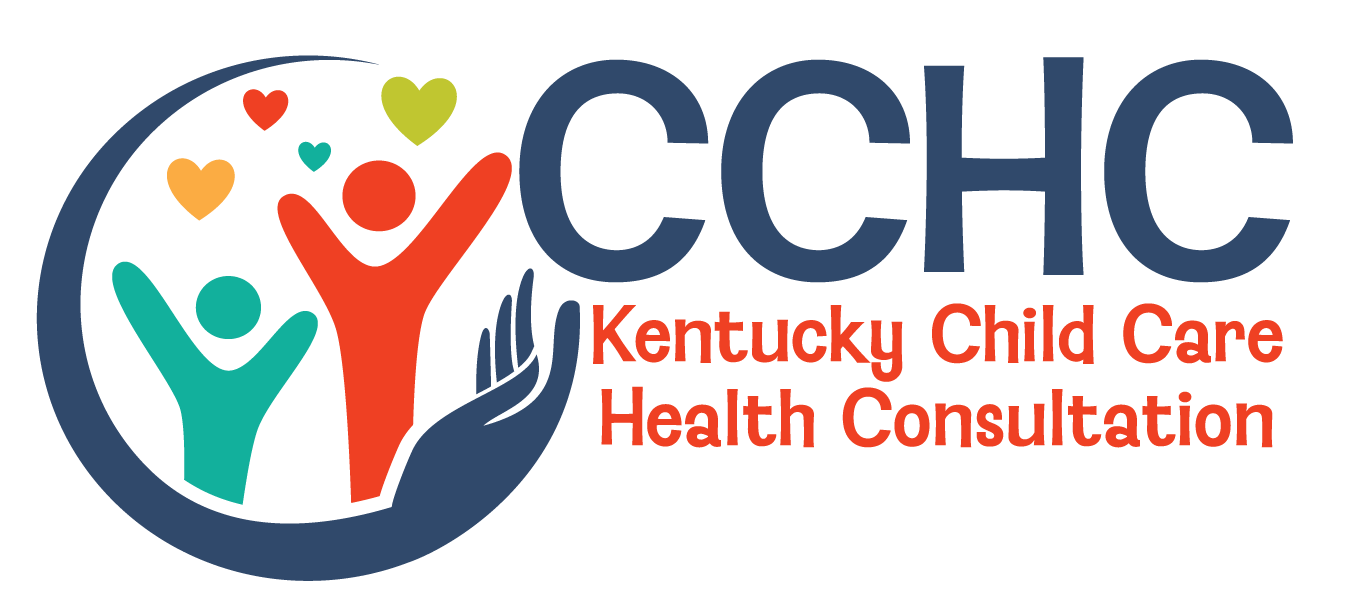Youth Thrive
Child Care Health Consultation
Child Care Health Consultation, for a Healthy Start in Child Care, is part of the KIDS NOW Initiative. The program provides consultation and technical assistance on health, safety and nutrition for children ages 0-5 to child care providers. Trained Child Care Health Consultants from local health departments participate in joint activities with Child Care Aware and the STARS for KIDS NOW program in their areas to ensure collaboration and coordination on issues impacting the quality of child care.
Child Care Health Consultation | 805 A Newtown Circle, Lexington, KY 40511










